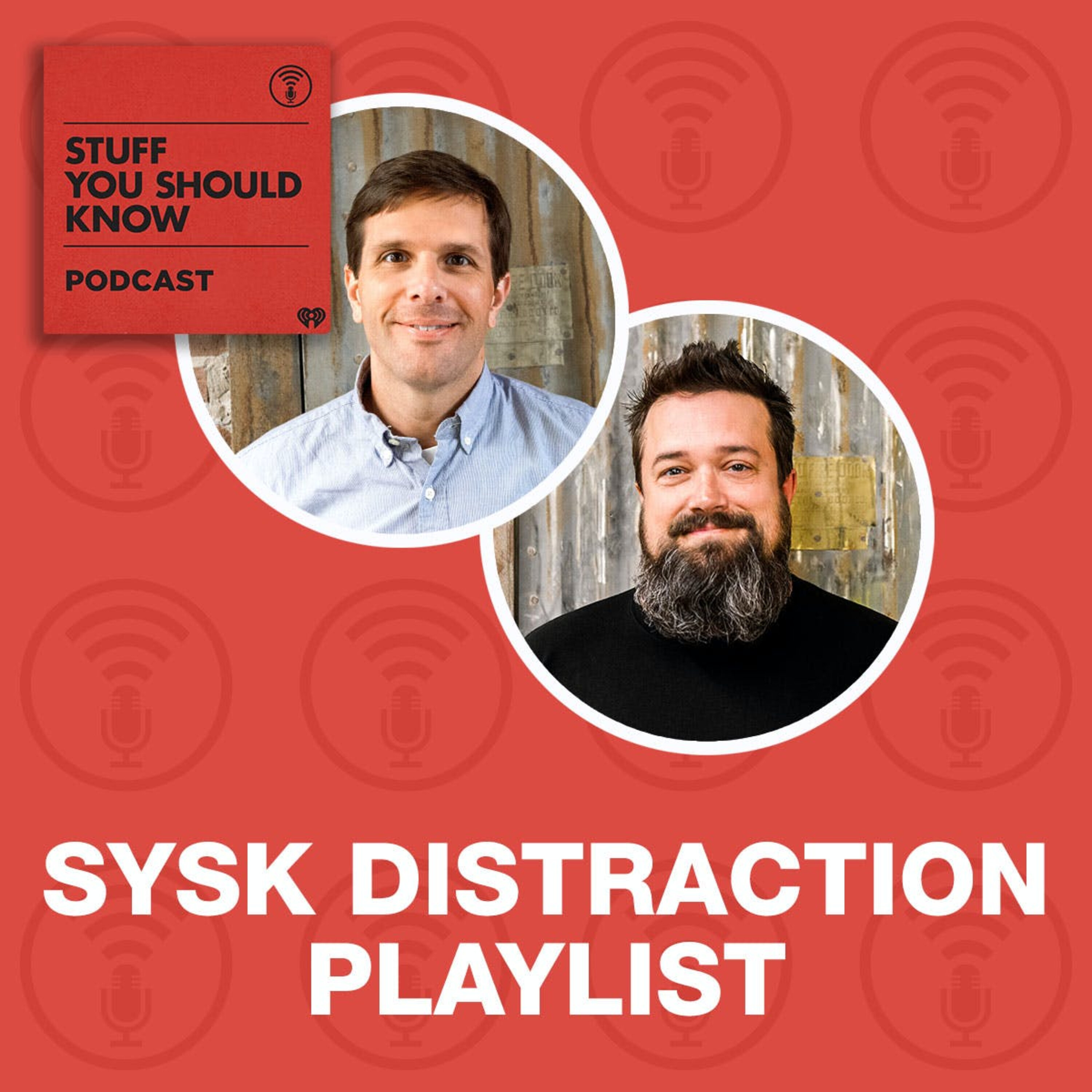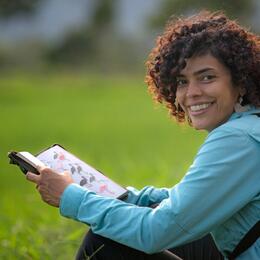Podcast Summary
Capital One Venture X Card and Kroger Brand Products: Two Valuable Wins: The Capital One Venture X Card offers unlimited 2X miles on all purchases and premium travel benefits, while Kroger brand products provide affordable prices and a money-back guarantee
The Capital One Venture X Card offers unlimited 2X miles on all purchases, premium travel benefits including airport lounge access and a $300 annual travel credit, while Kroger brand products provide proven quality at affordable prices with a money-back guarantee. Elsewhere in the discussion, Josh and Chuck shared some light-hearted moments and delved into the history of sugar, from its origins in Polynesia to its spread throughout the world. The Capital One Venture X Card and Kroger brand products represent two different but valuable wins in their respective domains.
The History of Sugar: From Luxury to Necessity: The Reformation led to an increase in sugar consumption, making it accessible to the general public, and both sugarcane and sugar beets are used to produce indistinguishable sugar, which is a versatile and essential component in our daily lives as a preservative, food additive, and sweetener.
Sugar, primarily sourced from the sugarcane plant, was once a luxury reserved for the rich and royalty due to its high cost and scarcity. However, the Reformation's closure of monasteries, major honey producers, and the availability of sugar led to a surge in its consumption, making it accessible to the general public. This increase in sugar consumption fueled the demand for sugar, leading to the discovery and mass production of sugar from sugar beets. Both sugarcane and sugar beets are rich in sugar and can be processed independently to produce indistinguishable sugar. Sugar, a carbohydrate and essential molecule for life, is used as a preservative, food additive, and sweetener, making it a versatile and essential component in our daily lives.
The Process of Extracting Sugar from Cane and Beets: Sugar is a vital commodity used in alcohol and sweets production. Sugar cane and beets are the primary sources, taking about a year and 6 months respectively to grow. The extraction process involves boiling, filtering, and crystallizing the sugars from the plant material, with mother liquor as a byproduct.
Sugar, whether it comes from sugar cane or sugar beets, is an essential commodity used in various industries, most notably in the production of alcohol and sweets. Sugar cane, which makes up about 80% of global sugar production, takes about a year to grow and is harvested and processed initially near where it's grown. Sugar beets, which make up about 20%, are harvested and processed between September and February, and contain a higher sugar content (17%) compared to sugar cane (10%). The process of extracting sugar from both involves boiling the plant material to create a sugary juice, filtering and purifying it, and then isolating the sugars to form crystals. The byproduct of this process is known as "mother liquor." While the production process is complex, sugar is a crucial ingredient in many everyday products and industries.
Extracting Juice from Sugarcane and Creating Byproducts: Sugarcane juice is extracted through pulverization, water addition, and centrifugation, resulting in crystals and byproducts like mother liquor, molasses, and bagasse. Molasses is used to produce rum and other products, while bagasse can be used as fuel to power sugar refineries, reducing environmental impact.
The process of producing sugar from sugarcane involves extracting juice through pulverization, water addition, and centrifugation. This results in crystals and a byproduct called mother liquor. The crystals are then washed, filtered, and refined to produce white sugar, while the mother liquor is used to create molasses. Molasses is a significant byproduct and is used to produce rum and other products. Another byproduct is bagasse, the pulpy fibrous matter left over from the process. Bagasse can be used as fuel to power sugar refineries, making sugar production more environmentally friendly. However, mass production of sugar, particularly sugarcane, can lead to deforestation and other environmental concerns. Sugar cane's crystallization process is similar to making simple syrup or boiling sugar and water at home, and sugar can even explode due to the combustibility of its fine particles, as was seen in a sugar refinery explosion in Savannah around 2007.
Types of Sugars and Their Sources: Sugars come in various forms like sucrose, lactose, galactose, fructose, and sugar alcohols. They occur naturally in different sources or are produced. Some sugars, like xylitol, don't affect blood sugar levels.
There are various forms of sugar, including sucrose, lactose, galactose, fructose, and sugar alcohols like xylitol. While some sugars, like sucrose, are commonly used and occur in 50-50 proportions of glucose and fructose, others are found naturally in different sources like cow's milk, fruits, honey, and even wood and straw. Some sugar alcohols, such as xylitol, are sweet but don't affect blood sugar levels. The Amazon uses natural gas as a byproduct for power, despite not being considered a particularly green product. Zigazoo is a kid-friendly social media platform with moderated content and parental consent, making it a safer alternative for children. With so many streaming options, THR charts provide a guide to help users find the most popular TV shows and movies, saving time and ensuring a wider range of content for viewing.
Indulging in Sweet Treats with Self-consciousness: The speaker enjoys sweet treats like funnel cakes and Ben & Jerry's Chubby Hubby but feels self-conscious about buying them publicly. He prefers Blue Bell ice cream, a more expensive option, for its nostalgic value and high-quality taste.
The speaker enjoys indulging in funnel cakes and ice cream, particularly Ben & Jerry's Chubby Hubby, but feels self-conscious about his weight and avoids purchasing these treats publicly. He finds Blue Bell ice cream, a third best-selling brand in the US, to be worth the expense and reminiscent of the past. The speaker also discussed various types of sugar, including caster sugar, which is used in meringues, and preserving sugar, which is sweeter and used for preservation. The conversation also touched on the humorous radio commercials for Blue Bell ice cream.
High fructose corn syrup's impact on health: High fructose corn syrup is metabolized differently than regular sugar in the liver, potentially leading to quick fat production and contributing to health issues like obesity.
High fructose corn syrup, while not molecularly different from regular sugar, may be worse for your health due to how it's metabolized in the liver. Unlike glucose, which can be used for energy by any cell in the body, fructose, the main component of high fructose corn syrup, is primarily metabolized in the liver and can be quickly converted into fat. The speed at which it's metabolized also plays a role in how much fat is produced. The obesity epidemic has coincided with the increased use of high fructose corn syrup, leading some to believe it may be a bigger contributor to health issues than regular sugar. However, it's important to note that added sugars in general, whether from high fructose corn syrup or other sources, should be limited in our diets.
Managing Technology and Nutrition: Be mindful of tech choices for kids and self, find enjoyable media, and be cautious with sugar intake to maintain health
Technology and media choices, whether it's ensuring online safety for kids using kid-friendly apps like Zigazoo or finding the most popular TV shows and movies to watch, can save time and provide enjoyable experiences. Regarding nutrition, another key takeaway is that sugar, which matches our taste buds and is found in various forms in nature, can be beneficial in small quantities but detrimental in large amounts. It's important to be cautious when consuming potentially unknown or wild foods and remember that sugar can harm teeth by creating a glycoprotein layer that bacteria feed on, producing lactic acid and contributing to tooth decay.
Bacteria in the mouth produce lactic acid from sugars, worsening tooth decay: Consuming sugars promotes tooth decay through lactic acid production and biofilm formation, and is linked to health issues like insulin resistance, metabolic syndrome, obesity, heart disease, and type 2 diabetes
Bacteria in the mouth produce lactic acid when they consume sugars, leading to tooth decay. This process also creates a biofilm that traps the lactic acid and the bacteria, making the situation worse. Furthermore, excessive sugar intake can lead to insulin resistance, metabolic syndrome, obesity, heart disease, and eventually type 2 diabetes. Interestingly, sugar has been identified as a major contributor to heart attacks, not saturated fats. Additionally, sugar can be used to produce ethanol as an alternative fuel, but the production of sugar for this purpose can lead to deforestation, worker exploitation, and increased food prices due to competition for the same commodity. Overall, the discussion highlights the complex relationship between sugar and various health issues, as well as the environmental and ethical concerns associated with its production.
Microbes generating electricity through microbial fuel cells: Microbes can produce electricity through microbial fuel cells, providing an eco-friendly alternative fuel source, and natural selection drives both microevolution and macroevolution, shaping species over time.
Microbes can generate electricity through a process called microbial fuel cells, where they separate electrons from sugar and create a current. This is an environmentally friendly alternative fuel source that results in water as a byproduct. Additionally, the concept of microevolution and macroevolution describes the same process of natural selection but on different timetables. Microevolution refers to small changes within a population over a short period, while macroevolution refers to significant changes leading to the formation of new species over a long period. Ignoring macroevolution and believing in microevolution alone goes against the natural process of how species adapt and change over time. Debate and engagement are healthy ways to discuss and learn from different perspectives.
New platforms for kids and comprehensive TV charts: Zigazoo provides a safe platform for kids to create and share videos, while THR charts simplify the process of finding the most-watched content across various streaming services.
There are new and innovative platforms emerging specifically for kids, like Zigazoo, which offers a safe and moderated environment for creating and sharing videos. At the same time, with the abundance of content available across various streaming services, it can be overwhelming to decide what to watch. THR charts provide a solution by offering a comprehensive guide to the most watched TV shows and movies each week, sourced from trusted data providers like Nielsen, ComScore, and paired analytics. This can help save time and ensure that families and friends don't miss out on the latest popular content. In summary, Zigazoo offers a safe and fun environment for kids to express themselves creatively, while THR charts simplify the process of finding the most-watched content across various platforms.







